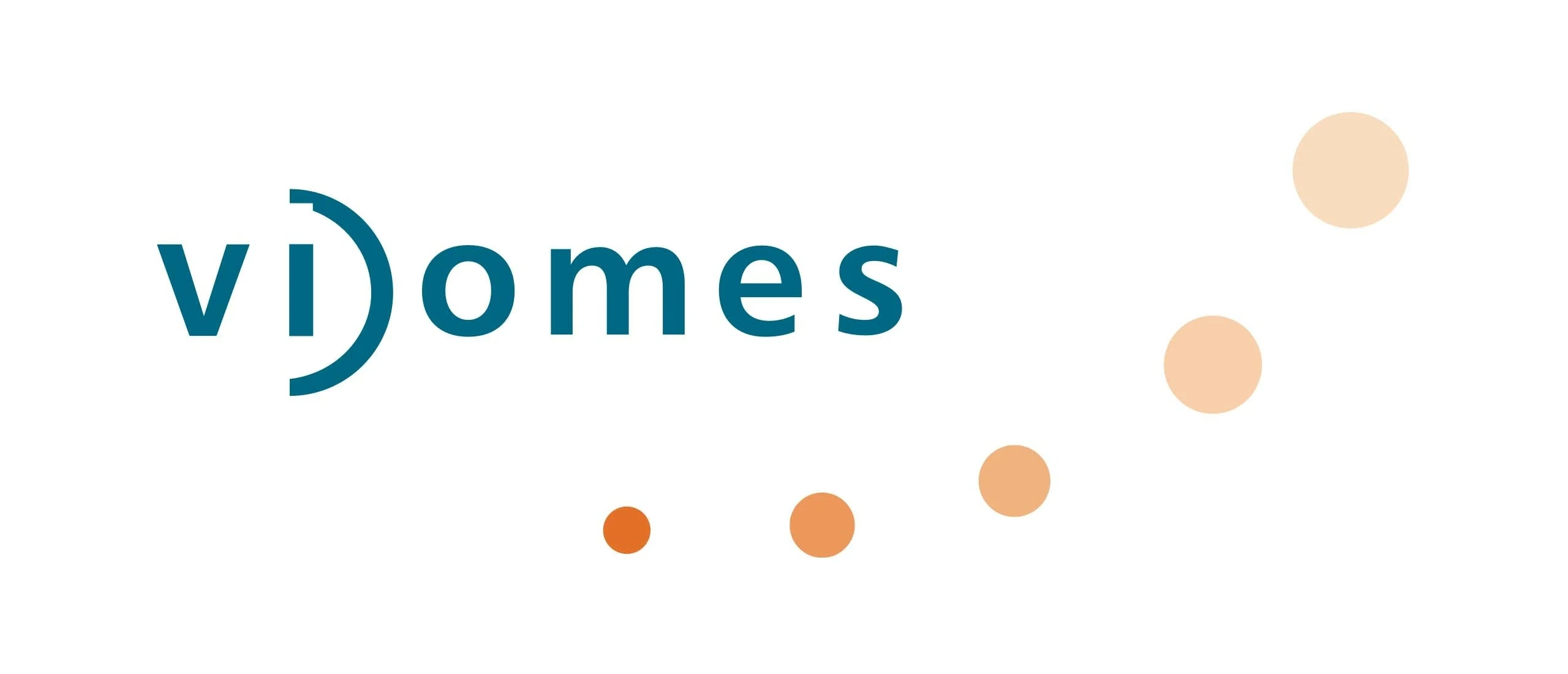Security Operations Center (SOC)
The Tesorion Security Operations Center (T-SOC) helps organizations monitor networks, (cloud) applications, and endpoints. If we detect potentially malicious activity, we take immediate action.

Our MDR approach
Tesorion is a Dutch multidisciplinary cybersecurity company. This means that Tesorion's specialists are 100% focused on the four core disciplines of cybersecurity: Offensive Security, Security Advisory, Security Monitoring, and Incident Response. The Managed Detection & Response (MDR) service and the Tesorion Security Operations Center (T-SOC) form the core discipline. With the modular MDR model of the T-SOC, we offer an integrated, holistic approach that continuously protects your organization against modern cyber threats.
24/7 visibility into your IT landscape
The IT landscape of companies is expanding. People are working from home more often, and the use of cloud services is increasing. Cybercriminals continuously develop new methods to exploit vulnerabilities and bypass cybersecurity measures. We monitor your digital infrastructure 24/7 in real-time for suspicious activities. Depending on the agreed-upon protocols, we intervene when necessary at the user, network, or endpoint level. This minimizes the time between detection and response.
A team of specialists.
SOC Engineers
SOC Consultants
SOC Analisten
MDR
How many stages must cybercriminals go through to gain access to your environment and steal or encrypt your data?
With our 24/7 MDR service, threats are detected early and, where possible, automatically mitigated. We use advanced technologies, including Security Orchestration, Automation and Response (SOAR) and Extended Detection and Response (XDR).
The detections are then enriched with threat intelligence, allowing us to quickly gain a complete view of the attack chain and take mitigating actions as swiftly as possible.
Integrated holistic approach
XDR
We monitor your organization’s environment across one or more monitoring domains, such as endpoints and identities, with the goal of detecting potential threats early and mitigating them where possible.
SOAR
With our SOAR solution, incidents detected within the XDR domains are further normalized, automated, and correlated. This streamlines the process of threat detection and incident response.
Threat Intelligence
Threat intelligence is essential within our MDR service. By integrating up-to-date and relevant threat intelligence directly into our detection measures, we can detect and respond to attacks more quickly and effectively.
Tesorion use cases
Within our MDR platform, we use use cases to detect specific threats within the threat landscape. These use cases cover scenarios such as antivirus detection, clicking on suspicious URLs, or a situation where there is a match with information from our threat intelligence specialists.
Each use case is mapped to the MITRE ATT&CK framework, providing a clear overview of covered attack paths and any potential coverage gaps. Naturally, all use cases are fully tailored to each organization, ensuring that mitigating actions to take in the event of a potential incident are immediately clear.
Why Tesorion?
By combining the strengths of various disciplines and expertise, we ensure an effective approach in predicting, preventing, detecting, and responding to cyber threats.
Security Operations
The Tesorion SOC helps organizations monitor networks and devices. If we detect potentially malicious behavior, we take immediate action.
T-CERT
The Tesorion Computer Emergency Response Team, T-CERT, helps organizations safely resume operations after a security incident, allowing you to continue your business with confidence.
Red Team
Enhance your digital resilience and protect your valuable digital assets. Our ethical hackers assess your cybersecurity in an accurate and reliable manner.

Tesorion
How can we help you?
Trusted by leading organizations
Nice to meet you, we are Tesorion.
Tesorion is a 100% Dutch, independent cybersecurity service provider. We combat cybercrime and minimize business risks. Tesorion protects your organization 24/7 thanks to our technology and more than 100 experts.































